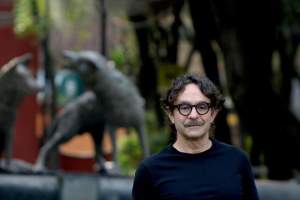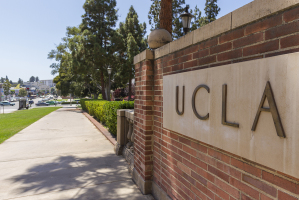Ein Avdat and the Valley of Zin
The wilderness of Zin, probably one of the most beautiful and peaceful locales in Israel, yet few pilgrims or other tourists ever venture there.
Sure, its a bit out of the way. Most Christian tourists traditionally know of the Galilee (including Nazareth) and Jerusalem. and yes, most of us have heard of the Dead Sea, the lowest place on earth. But with only 7 or 10 days generally dedicated for traveling in the Holy Land, often the desert experience just doesn't make the cut.
But it should. True, perhaps Jesus did not cross the valley of Zin -but our forefathers did and it is mentioned at length in the Old Testament. The Zin desert is the Biblical desert from which the 12 spies were sent by Moses to tour the promise land. The Zin River marks the historical border of Israel in biblical times. ( Joshua 15 2:3 ) 2. And their south border was from the Dead Sea, 3 And it went southward. to the ascent of Akrabbim, and passed along to Desert Zin, and went up to Kadesh-barnea, So to really gain an understanding of our roots and desert life, one needs only to venture one hour south of Jerusalem to gain a visual perspective of our biblical heritage. The Negev desert is a must.
The wilderness is ripe with biblical sites, ranging from the Nabatean communities of Shivta, Nitzana, and Mamsheet, all of which offer amazing evidence of ancient Nabatean life as well as evidence of early Christian community formation. Tel Arad and Tel Beersheva are likewise extraordinary. And of course, there is Avdat and the valley of Ein Avdat, which is part of the valley of Zin. For those looking for a quite respite within the vast outback of the Negev desert, hiking amongst the eroded canyons set between the mountain tops, scaling the ridges of these desert hills of Zin and discovering abundant waterfalls amongst the dry pink and yellow tones of the desert, nothing surpasses this extraordinary region.
Just a few weeks ago, Israel's Negev desert received unusually hard rains and the dry valleys became overrun by mass floods. With springtime almost here the flowers are beginning to bloom and the Negev desert, particularly this year, is extraordinarily colorful and vibrant. We are now in the heart of "Drom Adom" - the "Red South" an annual festival that celebrates the flowering of the south. But this year promises to be exceptional. The event takes place annually in the north western part of the Negev during the month of February, when the anemones blossom and attracts thousands of blossoming enthusiasts. They come to observe the magnificent carpets of anemones which grow in the area's fields at the end of the winter and the beginning of the spring. Festival activities include hikes, events and other programs for the entire family. The guided hikes take place on Fridays and Saturdays, for a cost of 10 NIS per participant. In addition, there are bike tours around Kibbutz Be'eri and Kibbutz Ruhama, with an option to rent a bicycle on site.
If you are already traveling south, another can't miss stop in the Negev is Sde Boker, a kibbutz located approximately 45 minutes south of Beersheva. The kibbutz was the home of Israel's first Prime Minister, David Ben Gurion. A modest field school complete with rooms for six people offers lodging and meals to groups and individuals. A small grocery is also available for essential purchases while the kibbutz dining hall provides necessary meals. But the kibbutz's main attraction is the small home of the former Prime Minister which has been transformed into a museum. Nearby is the grave site which sits in a peaceful outdoor courtyard overlooking the tremendous Zin Valley. Numerous hikes abound in the area, two of which we hiked on our last visit there. Nahal Avdat (known as Ein Avdat) and Nahal Zin. Nahal Avdat is an exciting 1 hour walk that took us through dry and wet riverbed then up and out of the canyon. Metal steps and handrails had been carefully drilled into the bedrock walls at strategic points allowing us to properly place our hands and feet on the steep climb up and out of the canyon. Nahal Zin was a bit more challenging offering a steep descent into the canyon as well as careful walking along the connecting mountain ridges. Both valleys were important trade routes in ancient times.
Ein Avodat charges a small fee to enter (approximately $5 per person) and is open daily from 8 to 4 during the winter, 8 to 5 during the summr and is managed by Israel's Park Service. Nahal Zin is freely accessed and there is no entrance fee.
Don't limit your next trip here to just Jerusalem or the Galilee. Take a day and experience the desert. From bedouin encampments, to great hiking, ancient fortresses, and much more, Israel's largely unpopulated Negev desert is rich in history and rich in adventure.




























